At a recent animal health open day with XLVets Irleand and MSD Animal Health in Tipperary, I caught up with the vets involved to get their insight into several animal health topics discussed on the day.
Dairy farming, and livestock farming in general, is currently facing challenges on an unprecedented scale unlike any time before in our history. Greenhouse gas emissions, antimicrobial resistance and Brexit are the topics on every agenda where farming is concerned.
Although these issues present a worry, there are also opportunities in our midst. The way we farm may see changes, but if these changes lead to increased efficiency, which they should, it will benefit not only the environment but farmers themselves.
The deadly outbreak of African swine fever (ASF) in China has led to a sudden surge in demand for European pork, but also beef, and Ireland is in a strong position to meet this demand.
The jewel in the crown of Irish beef production, Angus and Hereford steak, is, in reality, mostly crossbred Angus and Hereford from Friesian cows and the dairy farmer has a big role to play in their supply.
Antimicrobial resistance is a real threat to the health and wellbeing of humanity, but the traceability compliance we see in Ireland puts us in a strong position to gain the confidence of the market.
Working together, farmers and their vets can ensure the safe and responsible use of antibiotics, while using vaccination prudently to reduce disease in the first place.
How to reduce lameness in your herd - Padraig Finnan, Glen Vets, and Ger Cusack, Comeragh Veterinary
Lameness is a major problem in dairy herds. Lameness is one of the most common causes of production loss on Irish dairy farms.
The average lameness episode costs circa €300 when treatment, production loss, culling and reduced fertility is taken into account.
The four main causes of lameness are:
White line disease.Sole ulcers.Foul in the foot.Mortellaro (digital dermatitis).As with all health issues on farms, prevention is better than cure. Key prevention issues that can be addressed are:
Adequate cubicle/feeding space.Adequate space in collecting yards.Hygiene of cow surfaces.Standard of footbathing (if required).Cow flow in and out of parlour.Reducing the financial impact of infectious diseases on your farm - Steph Downer, Mulcair Veterinary, and Donal Murphy, Sliabh Luachra Veterinary, Rathmore
Infectious diseases are responsible for considerable losses on Irish farms every year. These diseases can be caused by a variety of organisms including bacteria, viruses and protozoans.
Good biosecurity on farm can help reduce these losses. Biosecurity has two components; bio-exclusion, where measures are taken to reduce the risk of disease agents coming on to your farm - and bio-containment, where measures are taken to deal with agents already on the farm.
Infectious diseases can affect all ages of cattle. These range from common diseases of calves like scour and pneumonia, which between them are responsible for huge losses annually, to all the adult diseases of dairy cows that we are so familiar with.
It is important to have a herd health programme in place that monitors for the presence of as many of these infectious agents as possible.
This can be done by blood tests, swab tests during a disease outbreak and also by bulk milk testing, which can give an overall picture of the disease status of the herd.
The XLVets DairyMentor programme is the most comprehensive such programme available in the country.
It is essential to have a preventive programme in place and vaccination is an essential component of this. With the proposed reduction in availability of antibiotics in the near future, it is more important than ever to have a proper herd specific vaccination and herd health plan in place.
Stay tuned to www.farmersjournal.ie, as at the end of this week, we will interview vets on three more key animal health topics from the event.
At a recent animal health open day with XLVets Irleand and MSD Animal Health in Tipperary, I caught up with the vets involved to get their insight into several animal health topics discussed on the day.
Dairy farming, and livestock farming in general, is currently facing challenges on an unprecedented scale unlike any time before in our history. Greenhouse gas emissions, antimicrobial resistance and Brexit are the topics on every agenda where farming is concerned.
Although these issues present a worry, there are also opportunities in our midst. The way we farm may see changes, but if these changes lead to increased efficiency, which they should, it will benefit not only the environment but farmers themselves.
The deadly outbreak of African swine fever (ASF) in China has led to a sudden surge in demand for European pork, but also beef, and Ireland is in a strong position to meet this demand.
The jewel in the crown of Irish beef production, Angus and Hereford steak, is, in reality, mostly crossbred Angus and Hereford from Friesian cows and the dairy farmer has a big role to play in their supply.
Antimicrobial resistance is a real threat to the health and wellbeing of humanity, but the traceability compliance we see in Ireland puts us in a strong position to gain the confidence of the market.
Working together, farmers and their vets can ensure the safe and responsible use of antibiotics, while using vaccination prudently to reduce disease in the first place.
How to reduce lameness in your herd - Padraig Finnan, Glen Vets, and Ger Cusack, Comeragh Veterinary
Lameness is a major problem in dairy herds. Lameness is one of the most common causes of production loss on Irish dairy farms.
The average lameness episode costs circa €300 when treatment, production loss, culling and reduced fertility is taken into account.
The four main causes of lameness are:
White line disease.Sole ulcers.Foul in the foot.Mortellaro (digital dermatitis).As with all health issues on farms, prevention is better than cure. Key prevention issues that can be addressed are:
Adequate cubicle/feeding space.Adequate space in collecting yards.Hygiene of cow surfaces.Standard of footbathing (if required).Cow flow in and out of parlour.Reducing the financial impact of infectious diseases on your farm - Steph Downer, Mulcair Veterinary, and Donal Murphy, Sliabh Luachra Veterinary, Rathmore
Infectious diseases are responsible for considerable losses on Irish farms every year. These diseases can be caused by a variety of organisms including bacteria, viruses and protozoans.
Good biosecurity on farm can help reduce these losses. Biosecurity has two components; bio-exclusion, where measures are taken to reduce the risk of disease agents coming on to your farm - and bio-containment, where measures are taken to deal with agents already on the farm.
Infectious diseases can affect all ages of cattle. These range from common diseases of calves like scour and pneumonia, which between them are responsible for huge losses annually, to all the adult diseases of dairy cows that we are so familiar with.
It is important to have a herd health programme in place that monitors for the presence of as many of these infectious agents as possible.
This can be done by blood tests, swab tests during a disease outbreak and also by bulk milk testing, which can give an overall picture of the disease status of the herd.
The XLVets DairyMentor programme is the most comprehensive such programme available in the country.
It is essential to have a preventive programme in place and vaccination is an essential component of this. With the proposed reduction in availability of antibiotics in the near future, it is more important than ever to have a proper herd specific vaccination and herd health plan in place.
Stay tuned to www.farmersjournal.ie, as at the end of this week, we will interview vets on three more key animal health topics from the event.




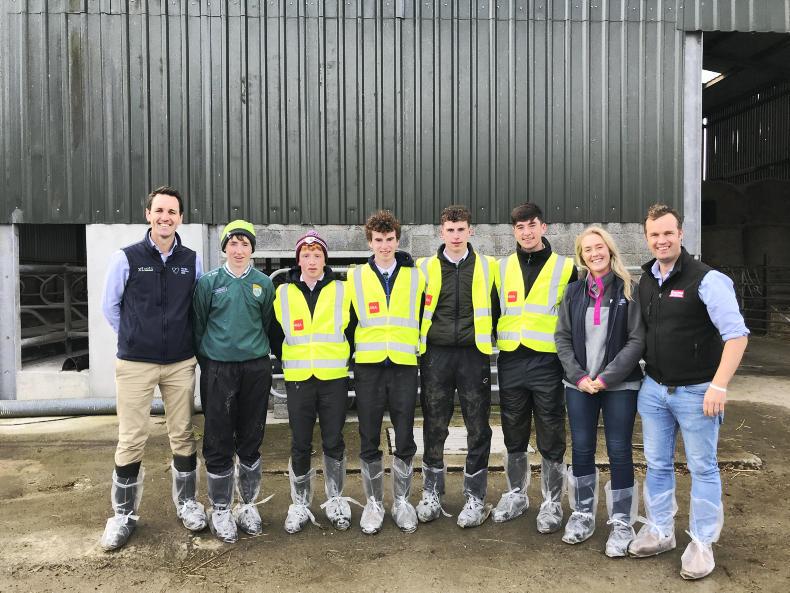
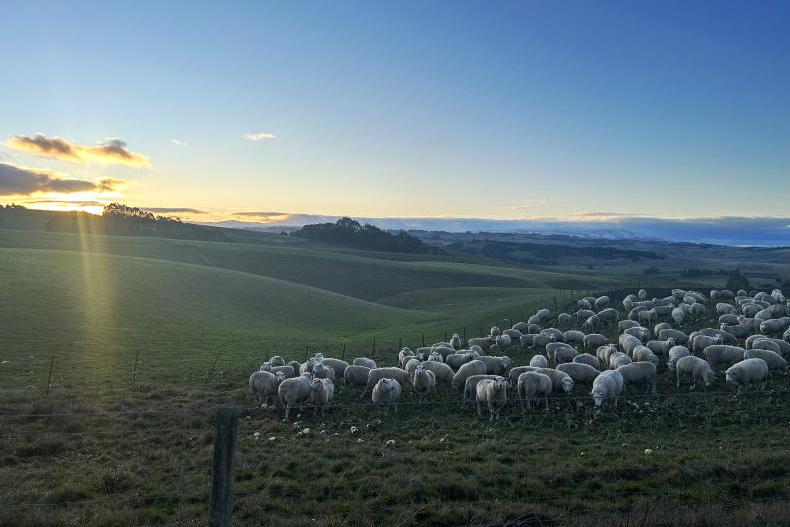

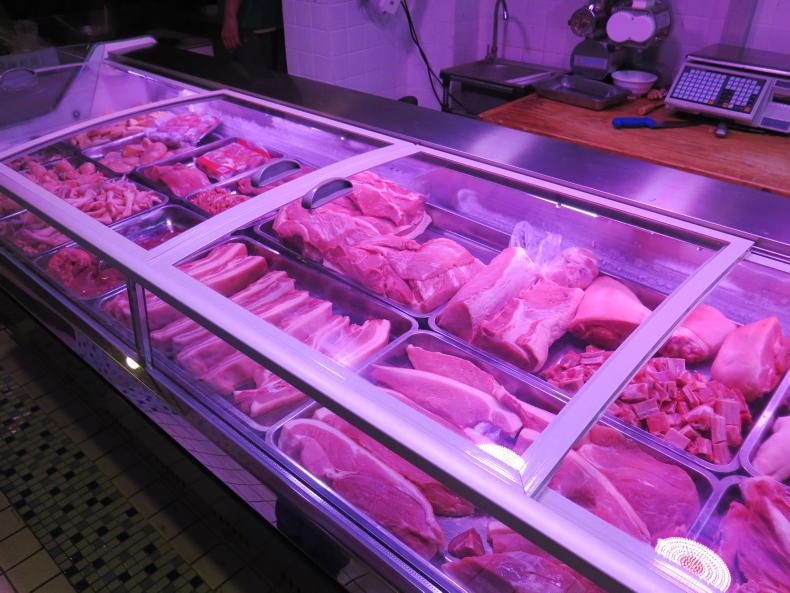
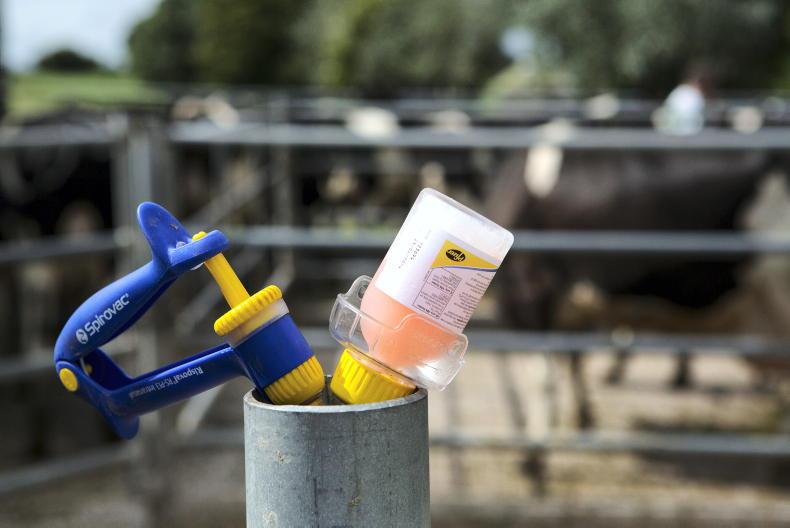
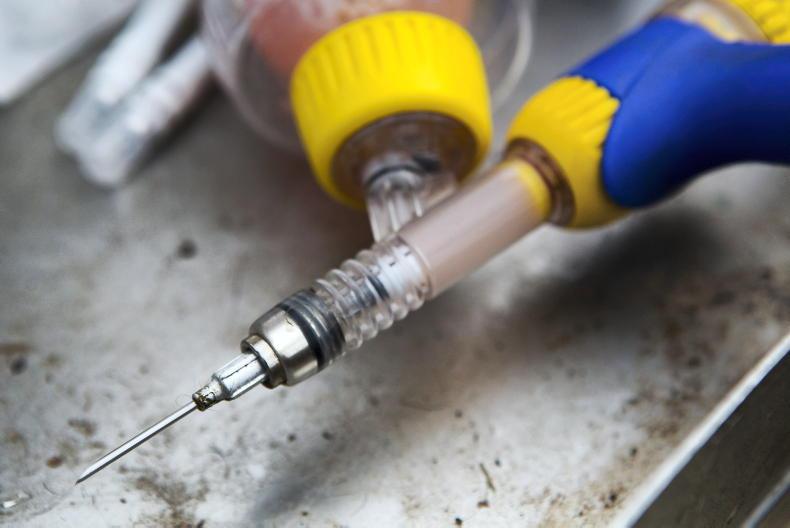
SHARING OPTIONS